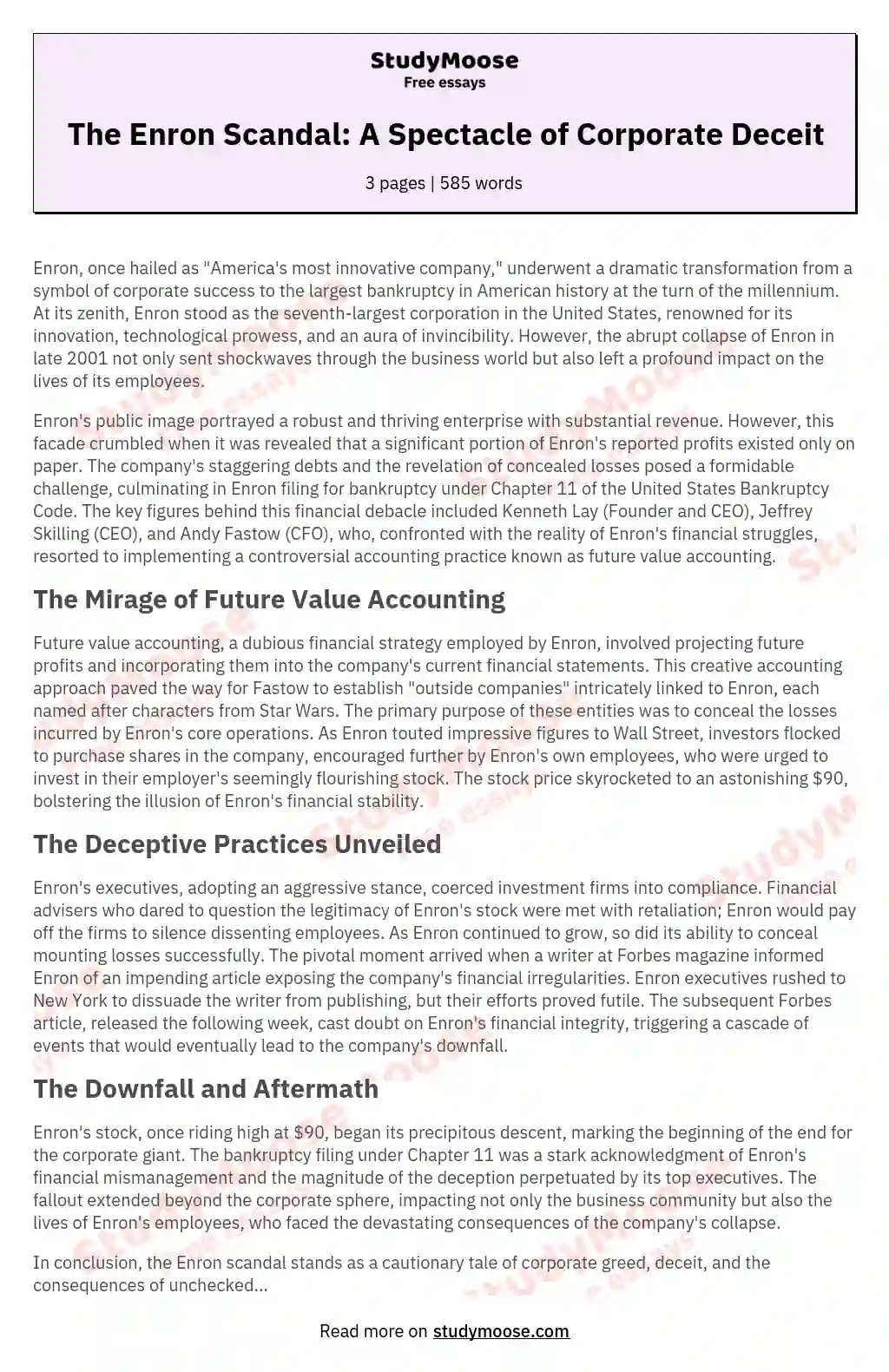The Ultimate Guide To Briefs: Types, Uses, And Best Practices

Table of Contents
What is a Brief? Defining the Purpose and Scope
At its core, a brief is a concise document that outlines the objectives, requirements, and expectations for a specific task or project. It serves as a roadmap, ensuring everyone involved is on the same page from the outset. Clear and concise communication is paramount; a well-written brief minimizes ambiguity and prevents costly misunderstandings down the line. The type of brief will vary depending on the industry; you'll find design briefs, marketing briefs, legal briefs, and many more specialized variations.
- Key elements of a well-structured brief: A clear objective statement, target audience definition, scope of work, deliverables, timeline, budget (where applicable), and key performance indicators (KPIs).
- Benefits of using well-defined briefs: Reduced project risks, improved collaboration, increased efficiency, clearer accountability, and better alignment with overall goals.
- Consequences of poorly written briefs: Missed deadlines, budget overruns, client dissatisfaction, team conflict, and ultimately, project failure.
Different Types of Briefs and Their Specific Uses
While the core principles remain consistent, briefs adapt to the specific needs of different fields. Let's explore some key types:
Design Briefs:
Design briefs focus on the visual communication aspects of a project. They establish branding guidelines, define the target audience, and articulate the desired outcome.
- Examples: Website design brief, logo design brief, packaging design brief, app design brief.
- Key elements specific to design briefs: Mood boards, style guides, color palettes, typography specifications, imagery examples, and desired user experience (UX).
Marketing Briefs:
Marketing briefs detail the strategic approach to a marketing campaign or initiative. They encompass target audience demographics, campaign goals, budget allocation, and key performance indicators (KPIs) for measuring success.
- Examples: Social media marketing brief, content marketing brief, email marketing brief, SEO brief.
- Key elements specific to marketing briefs: Target audience segmentation, marketing objectives (e.g., increase brand awareness, generate leads), call to action (CTA), budget allocation, key performance indicators (KPIs) such as conversion rates, click-through rates, and return on investment (ROI).
Legal Briefs:
Legal briefs are distinct from other types, focusing on legal arguments, evidence, and case summaries presented to a court or other legal body. They require rigorous adherence to legal formatting and citation standards.
- Key components of legal briefs: Case citations, legal precedents, statement of facts, arguments, and conclusion.
Best Practices for Writing Effective Briefs
Crafting effective briefs requires careful planning and execution. Clarity, conciseness, and completeness are paramount. Before writing, thorough research and information gathering are essential to ensure accuracy and completeness.
- Tips for writing clear and concise language: Use active voice, avoid jargon, and employ simple, direct language.
- Strategies for defining objectives and expectations: Use SMART goals (Specific, Measurable, Achievable, Relevant, Time-bound).
- Methods for gathering and presenting relevant information: Conduct stakeholder interviews, analyze market research, and utilize data visualization techniques.
- Importance of collaboration and feedback: Involve key stakeholders throughout the briefing process to ensure alignment and buy-in.
- Use of visuals to enhance understanding: Incorporate charts, graphs, and images to present data and concepts effectively. A well-structured brief often follows a clear introduction, body, and conclusion.
Utilizing Briefs for Improved Project Management
Well-defined briefs are invaluable tools for effective project management. They streamline workflows, improve communication, and reduce the likelihood of project derailment.
- Techniques for tracking progress using briefs: Regularly review the brief to assess progress against the defined timeline and deliverables.
- Strategies for managing revisions and feedback using briefs: Utilize version control and clearly document changes and feedback.
- Methods for ensuring accountability with well-defined briefs: Clearly assign roles and responsibilities and track progress against individual tasks. This contributes to improved project timelines and budgets by minimizing rework and ensuring everyone understands their contribution. Ultimately, briefs foster better communication and collaboration, leading to fewer misunderstandings and conflicts.
Conclusion
Mastering the art of writing effective briefs is crucial for success in any field. By understanding the different types of briefs and adhering to best practices, you can significantly improve your project outcomes. Well-defined briefs are essential for clear communication, efficient collaboration, and achieving project goals on time and within budget. Download your free brief template now and transform your project management. Improve your project outcomes with well-defined briefs!

Featured Posts
-
 Landslide Threat Forces Partial Evacuation In Swiss Mountain Community
May 23, 2025
Landslide Threat Forces Partial Evacuation In Swiss Mountain Community
May 23, 2025 -
 The Karate Kid Exploring The Themes Of Mentorship And Self Discovery
May 23, 2025
The Karate Kid Exploring The Themes Of Mentorship And Self Discovery
May 23, 2025 -
 Rendez Vous With French Cinema 2025 A Festival Preview
May 23, 2025
Rendez Vous With French Cinema 2025 A Festival Preview
May 23, 2025 -
 Netflix Nou Serial Distributie De Oscar O Noua Era A Divertismentului
May 23, 2025
Netflix Nou Serial Distributie De Oscar O Noua Era A Divertismentului
May 23, 2025 -
 Alerta Meteorologica Vaguada Y Sistema Frontal Provocaran Fuertes Lluvias Este Sabado
May 23, 2025
Alerta Meteorologica Vaguada Y Sistema Frontal Provocaran Fuertes Lluvias Este Sabado
May 23, 2025
Latest Posts
-
 Are Thames Waters Executive Bonuses Acceptable Given Current Circumstances
May 23, 2025
Are Thames Waters Executive Bonuses Acceptable Given Current Circumstances
May 23, 2025 -
 Dispute Over The Pilbara Rio Tintos Response To Environmental Concerns
May 23, 2025
Dispute Over The Pilbara Rio Tintos Response To Environmental Concerns
May 23, 2025 -
 Thames Water Executive Compensation A Breakdown Of Bonuses And Public Reaction
May 23, 2025
Thames Water Executive Compensation A Breakdown Of Bonuses And Public Reaction
May 23, 2025 -
 Rio Tinto Addresses Concerns About Pilbaras Environmental Impact
May 23, 2025
Rio Tinto Addresses Concerns About Pilbaras Environmental Impact
May 23, 2025 -
 The Thames Water Executive Bonus Scandal A Case Study In Corporate Governance
May 23, 2025
The Thames Water Executive Bonus Scandal A Case Study In Corporate Governance
May 23, 2025
